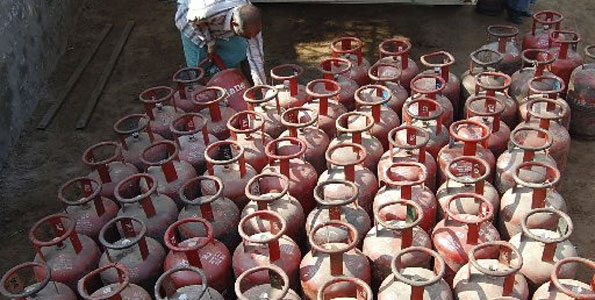Taita Taveta county lies approximately 150km northeast of Mombasa and 300km southeast of Nairobi in Kenya. Residents of Wundanyi subcounty were approached in 2013 by a newly-formed NGO, Taita Biogas, to pilot new biogas installations, due to the high prevalence of cattle farming in the region. This gives ready availability for high-quality feedstock for biogas digesters in the form of cattle manure. To date, the NGO has installed over 600 household-scale biodigesters in the country, and has completed two institutional biodigesters for schools in the region, with a third under construction. These institutional-scale installations will use human and food wastes as feedstock rather than cattle wastes.
The business model for the NGO provides an opportunity for consumers who would not be able to afford a biodigester installation outright to install a system. Taita Biogas covers half of the cost of installation, and also arranges contractors to construct and commission the system. The households then pay the remaining amount for installation, usually in the region of KSh145,000 (GBP1,035). In recent years the NGO has expanded operations through partnership with the Micro Enterprise Support Project, another Kenyan NGO supporting farmers venturing into macadamia nut and French bean farming. Whilst this partnership has not been successful to date, due to MESP pulling out in 2017, a new partnership with the organisation is to be formed with additional funding, and a loan finance option provided through the MESP to members for biogas installations.
Household biodigester user Honorata Nyange cleaning utensils at her Lushangonyi home in Taita Taveta County, Kenya. Photo/Malemba Mkongo, star.co.ke
There are a range of benefits available to the farmers who have installed these biogas systems, as well as the institutional-scale digesters installed by regional schools. Households have reported a huge reduction in the amount of money and time invested in collecting firewood and purchasing charcoal, and the institutional users have reported a 50% reduction in the cost of purchasing firewood for cooking since installation of the digesters. In addition, this scheme is innovative in that householders are coordinating with the NGO to apply for regulatory permission from the Energy Commission of Kenya to bottle and sell biogas on the local market, as self-producers. Biogas sells for comparable prices to natural gas on the Kenya market (KSh200/kg (GBP1.43/kg), compared to KSh175-250 (GBP1.25-1.78/kg) for natural gas), and should regulatory permission be granted, these biogas installations have the potential to become an additional revenue stream for the farmers. Finally, household users have reported significant improvements in both cooking quality and ease of use when using biogas compared to firewood or charcoal, with a reduction in combustion residues and ease of lighting when using biogas as a fuel source.
The NGO is currently expanding its operations both on a geographical and technology-focused scale. As well as its operations in Kenya, the NGO is conducting feasibility studies for joint biogas/solar photovoltaic/solar water heater applications in Ethiopia, as well as local training workshops in partnership with an Ethiopian NGO, MCMDO-REESDE, for solar water heating technology, both in terms of installation and local construction.
– Daniel Kerr, UCL
References
Star.co.ke (2017) Taita Taveta Dumps Firewood for Biogas. Available at: https://www.the-star.co.ke/news/2018/02/12/taita-taveta-dumps-firewood-for-biogas_c1707691 [Accessed 10th March 2018]
Taita Biogas (2018) What We Do. Available at: http://biogas-taita.de/home.php [Accessed 10th March 2018]









